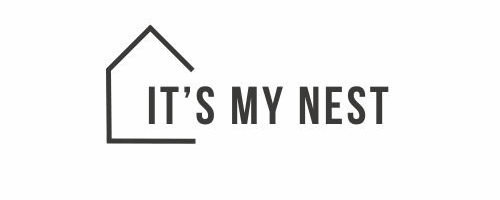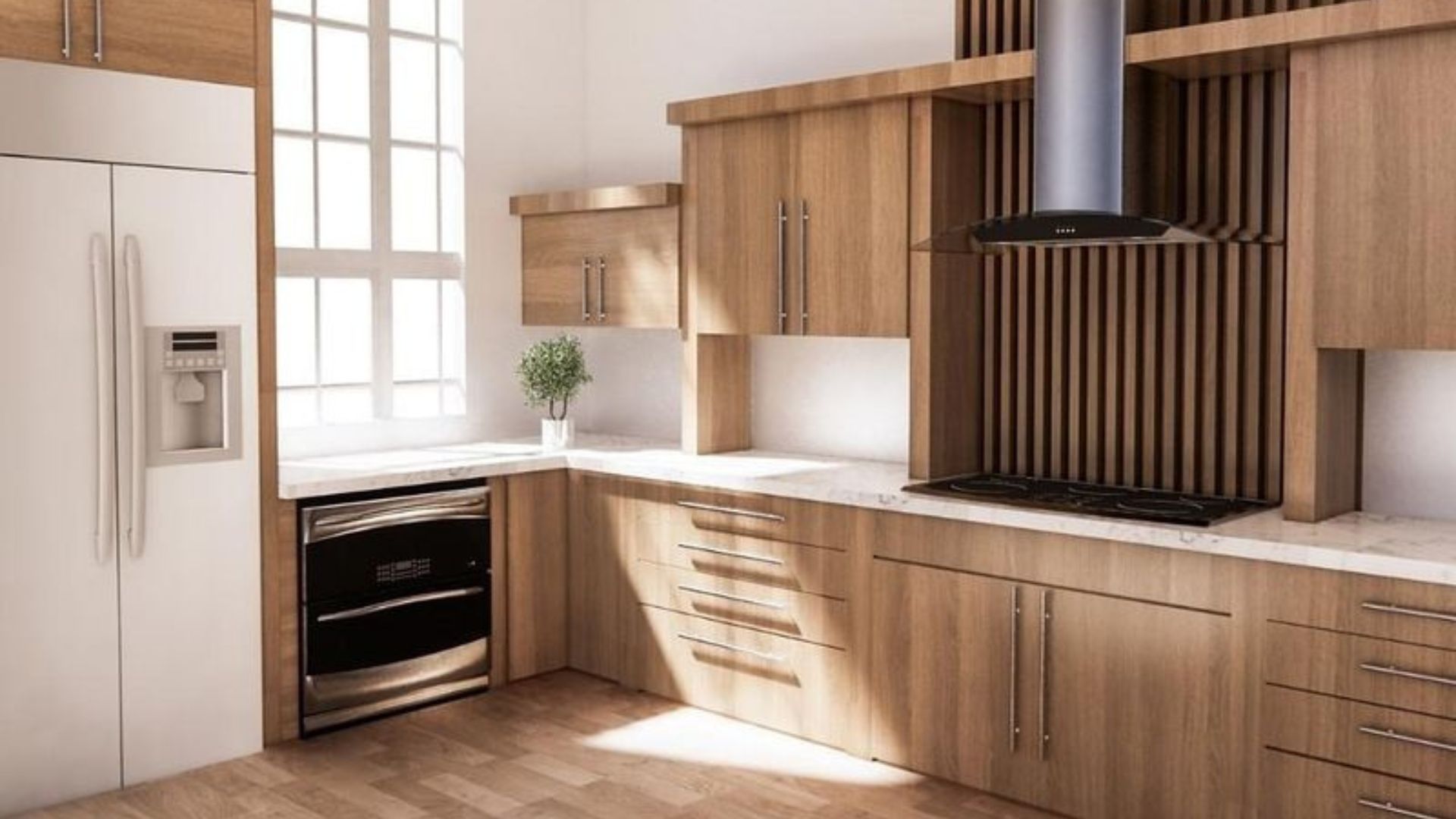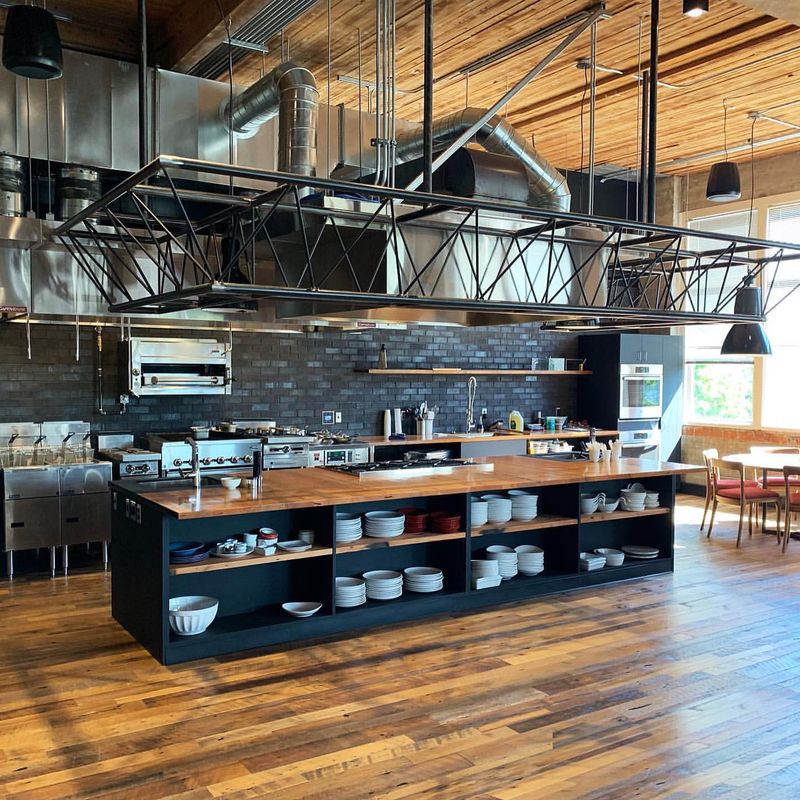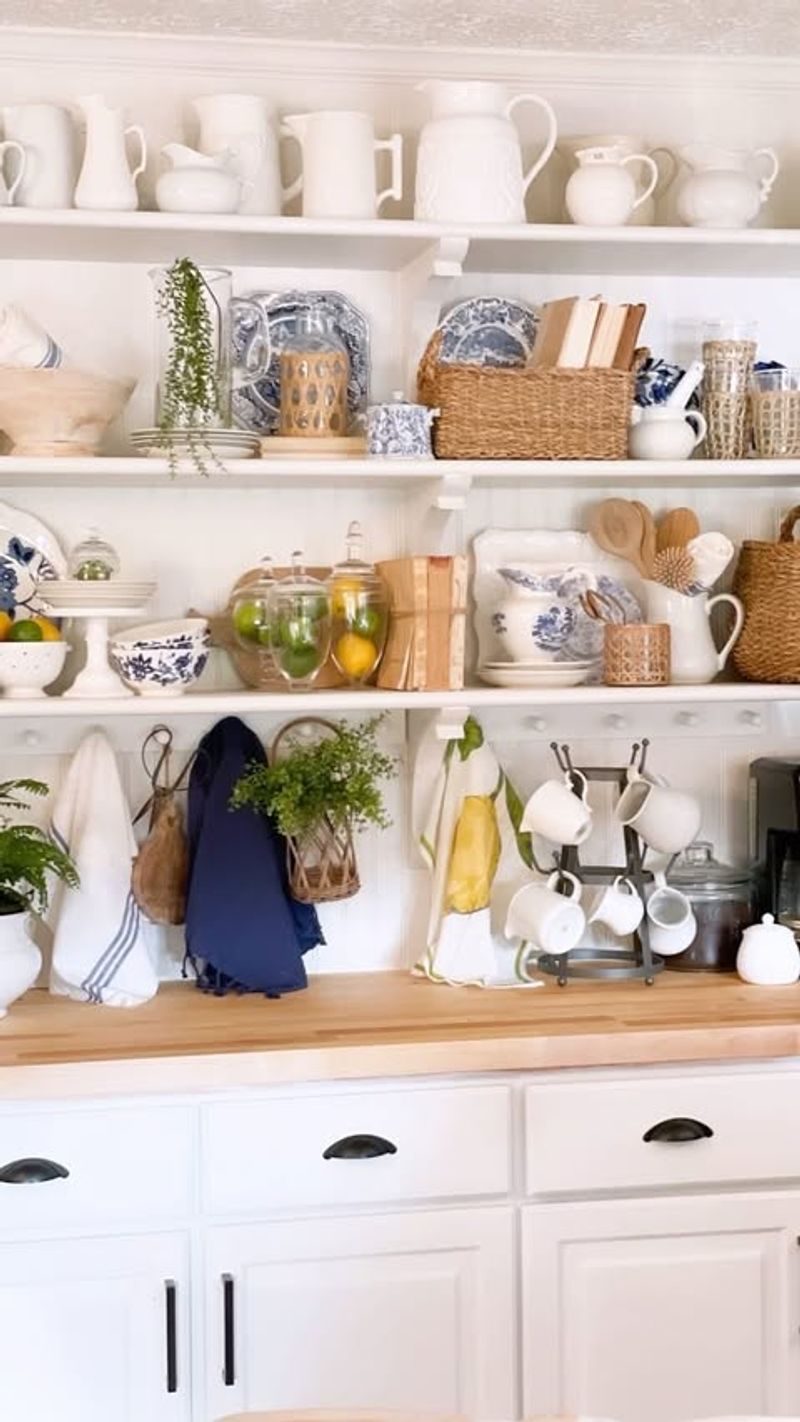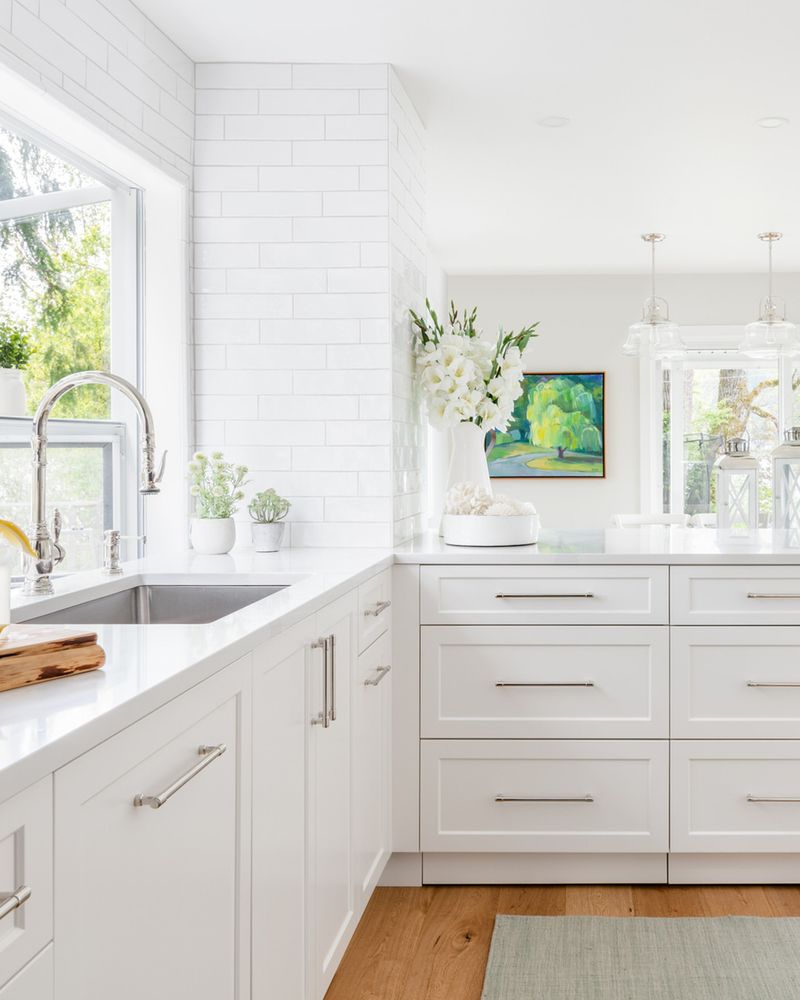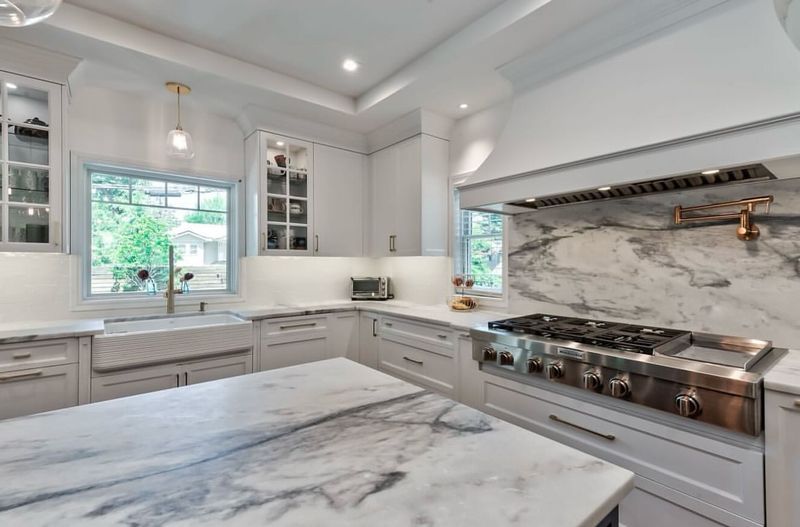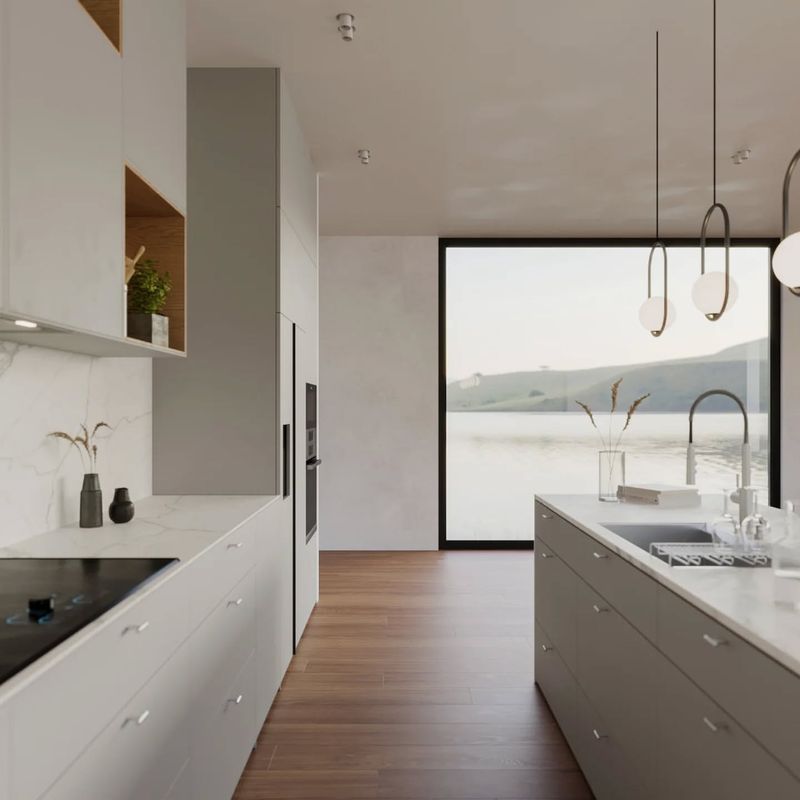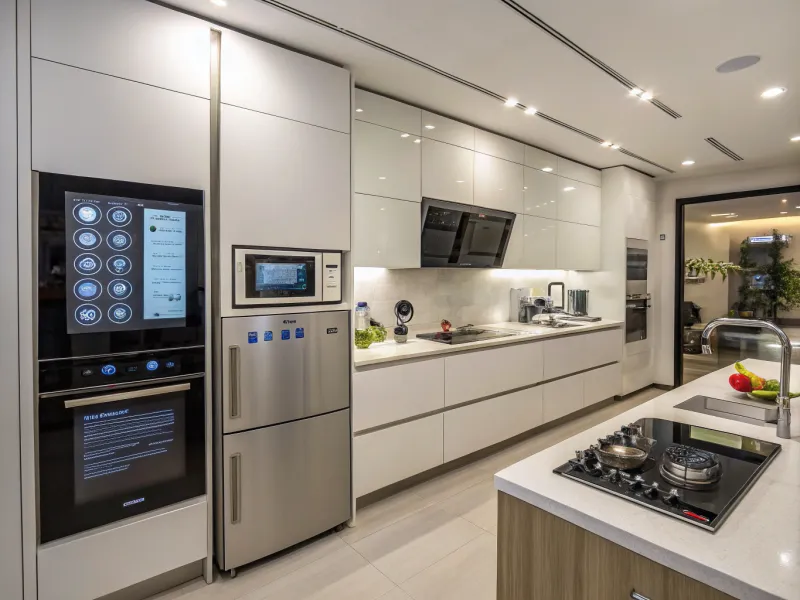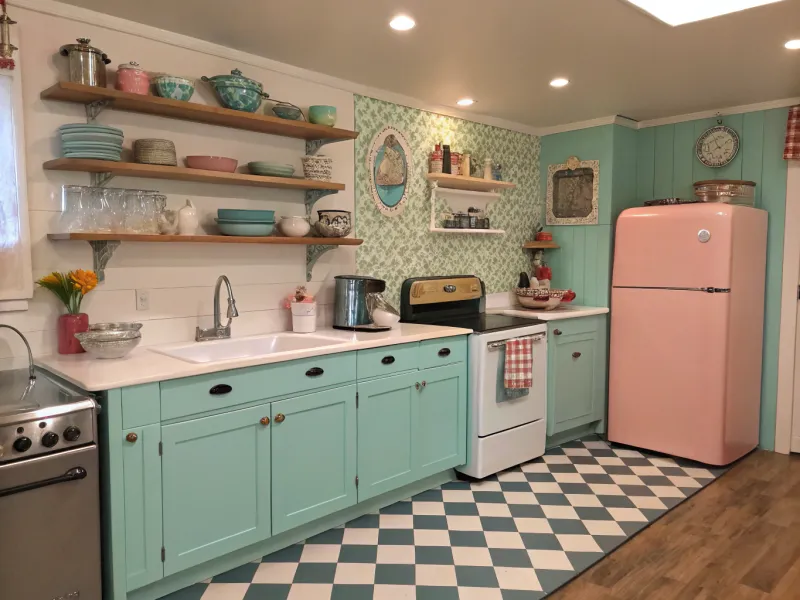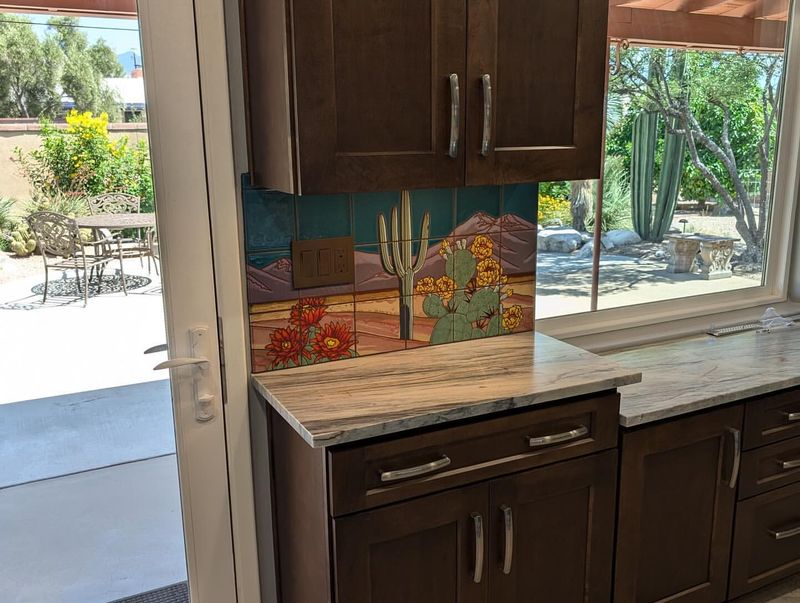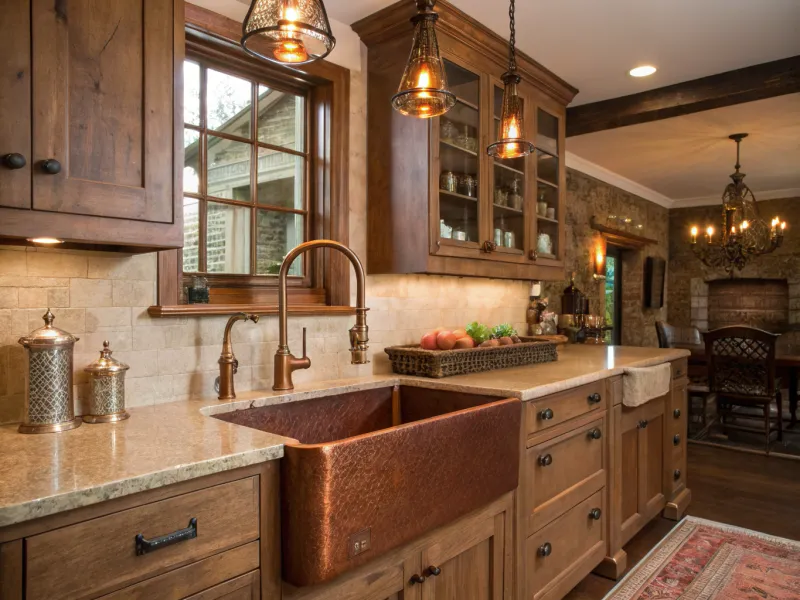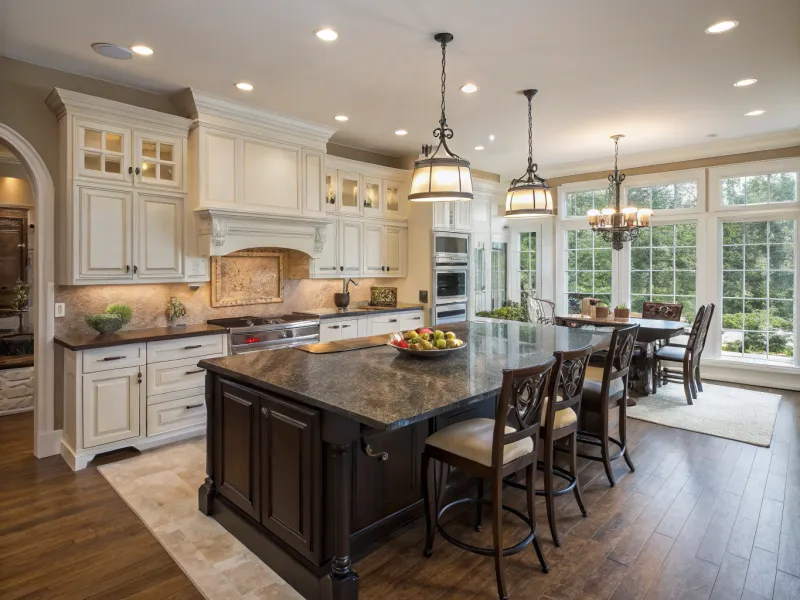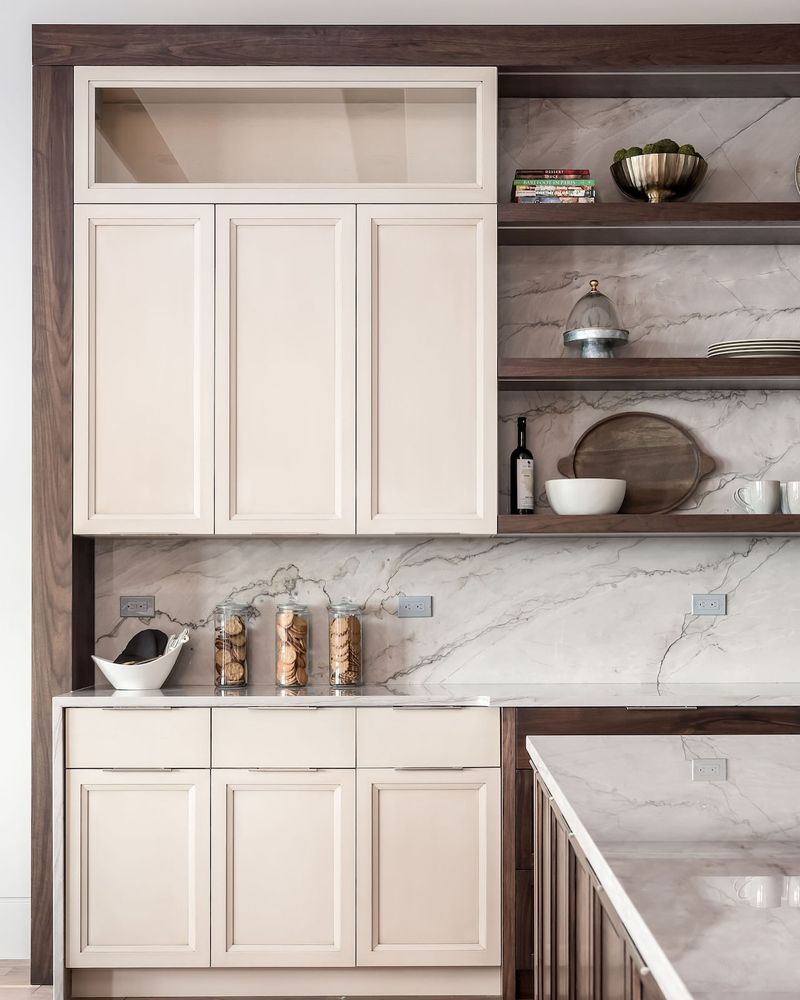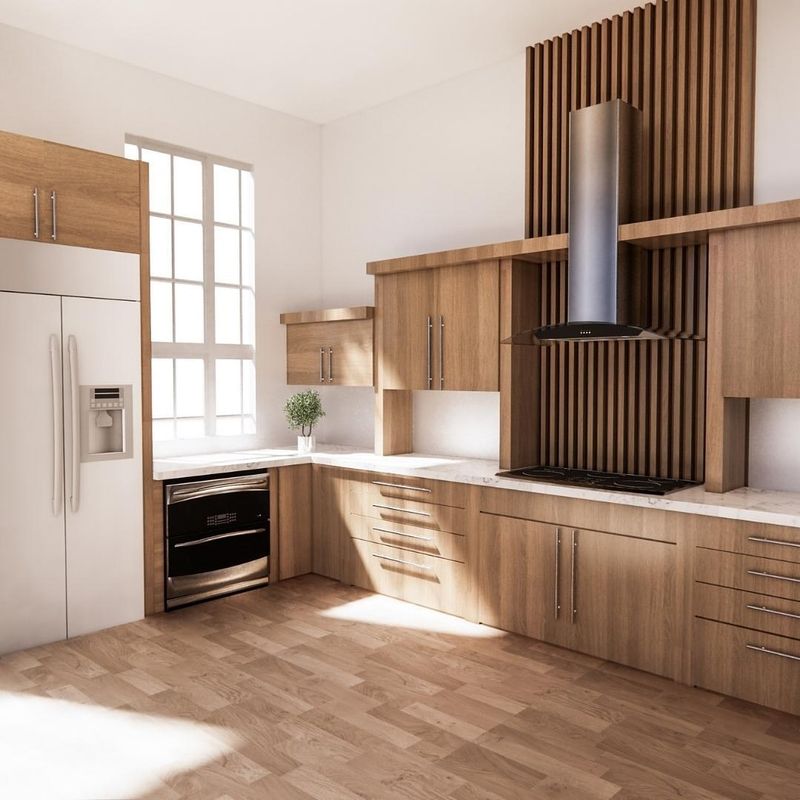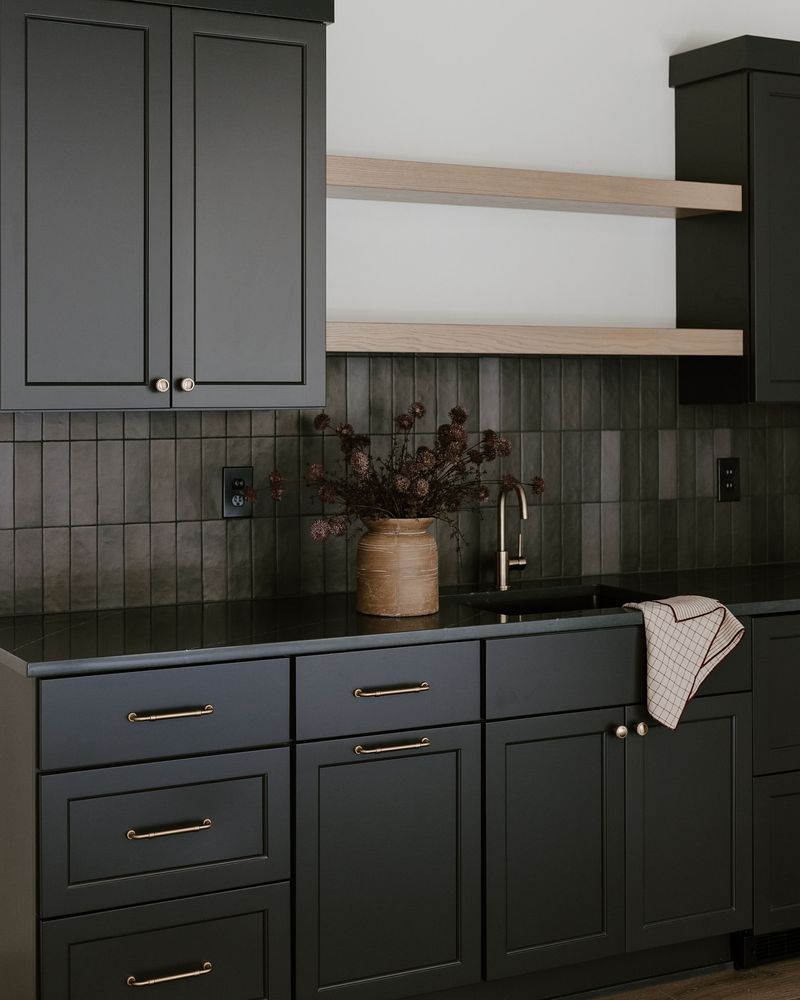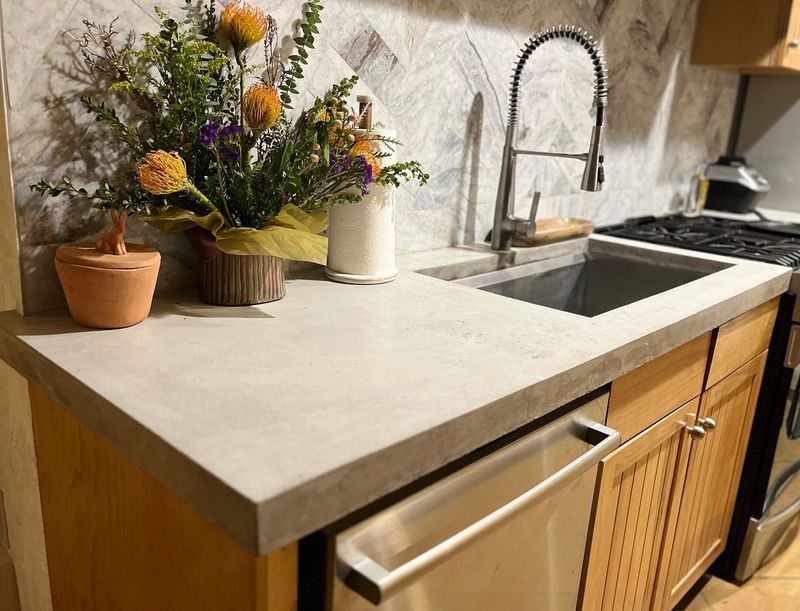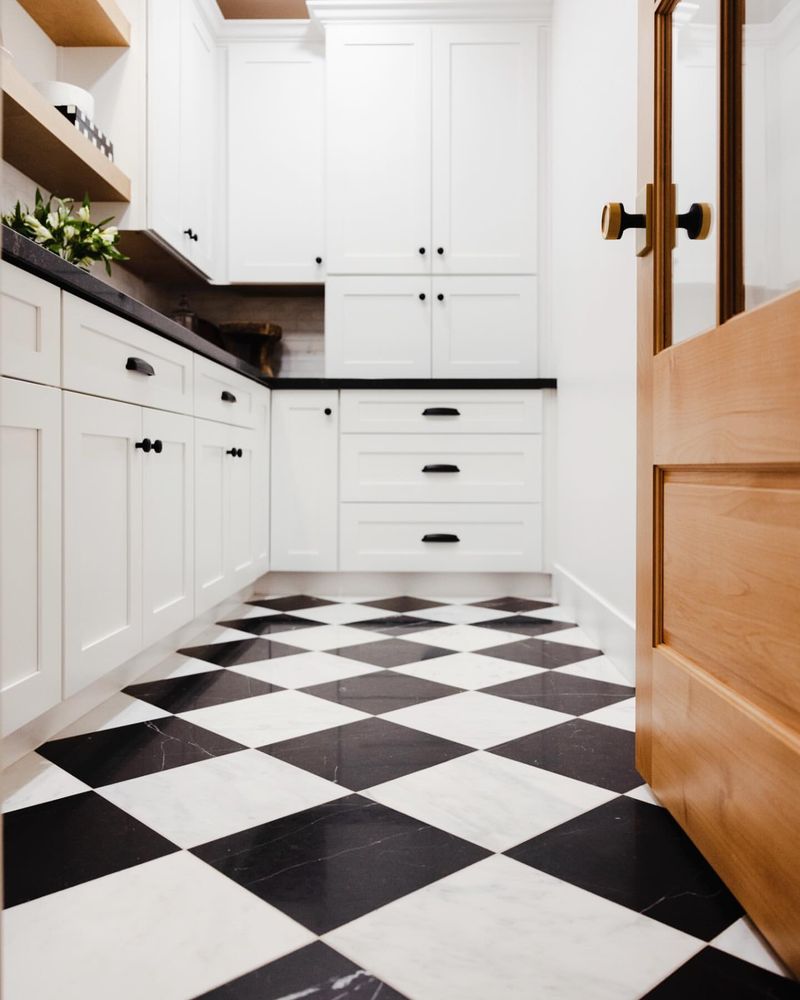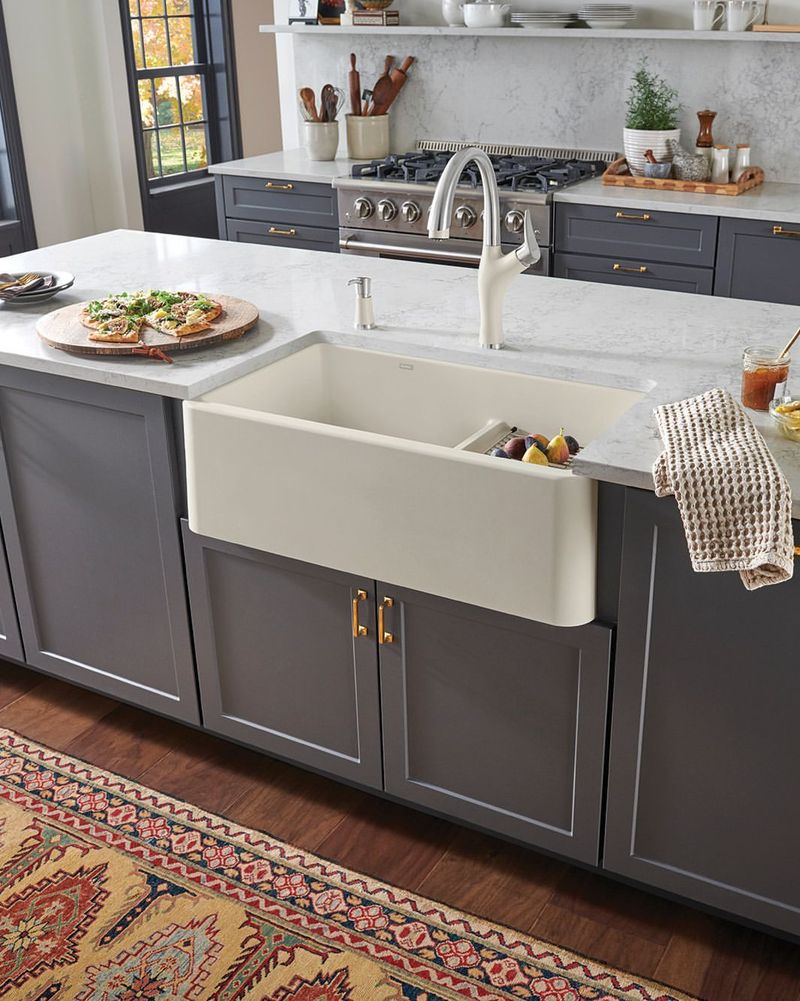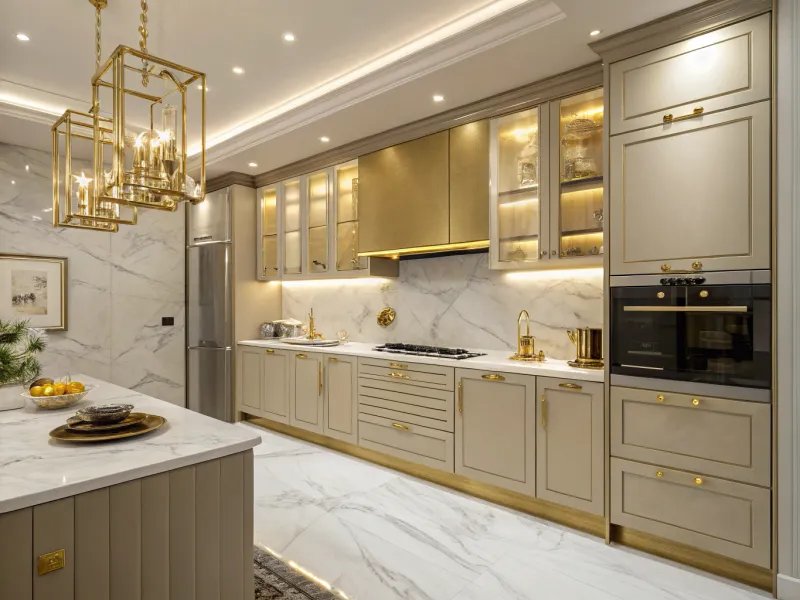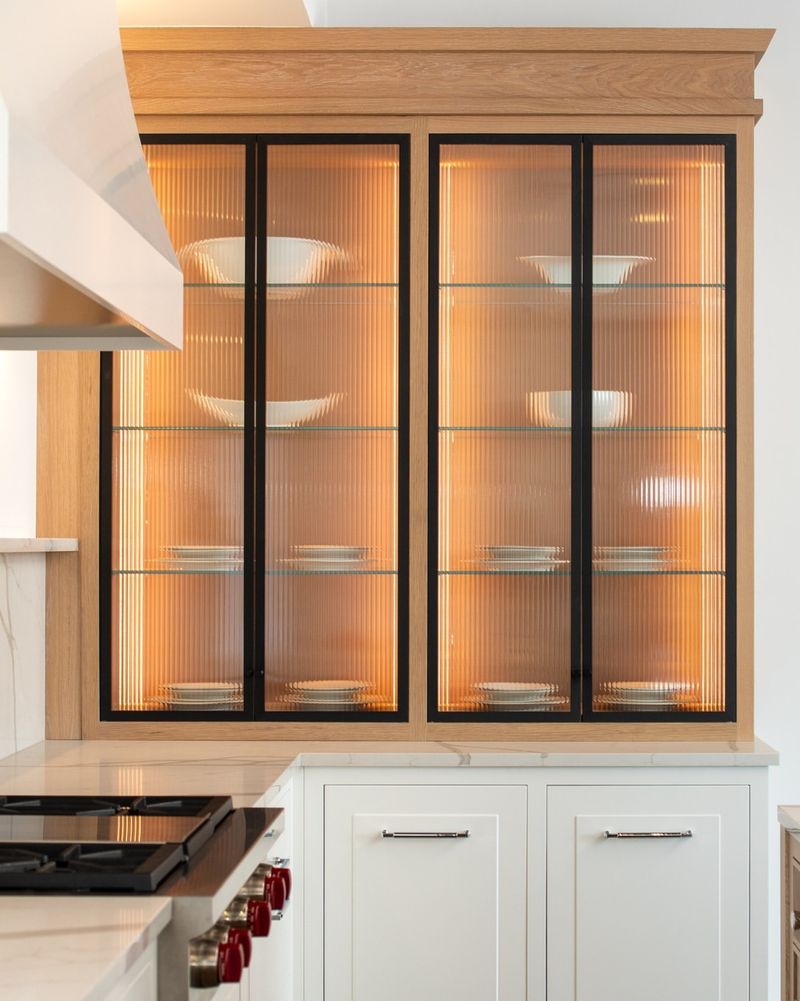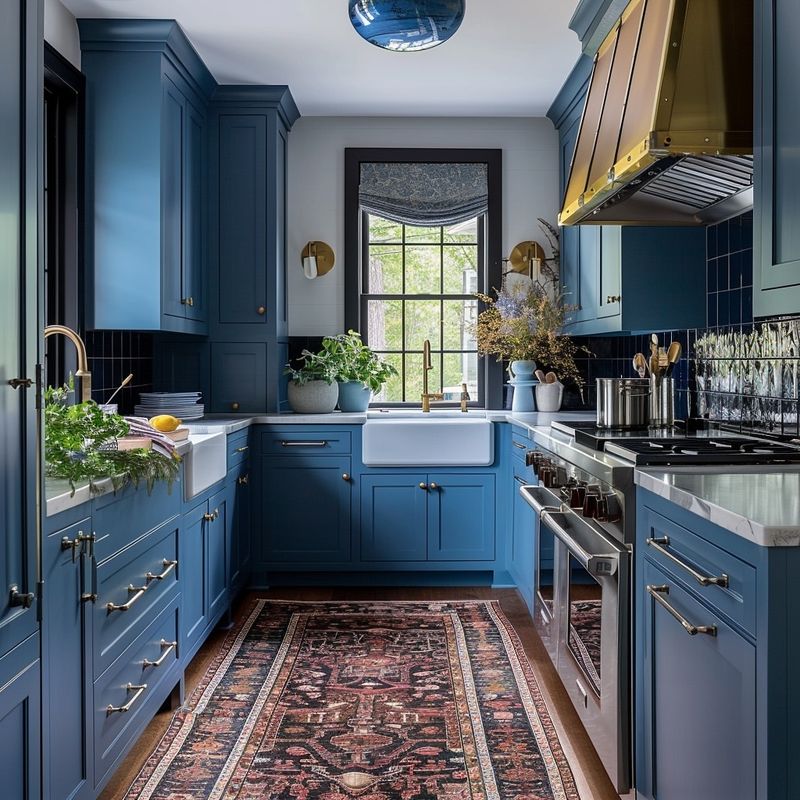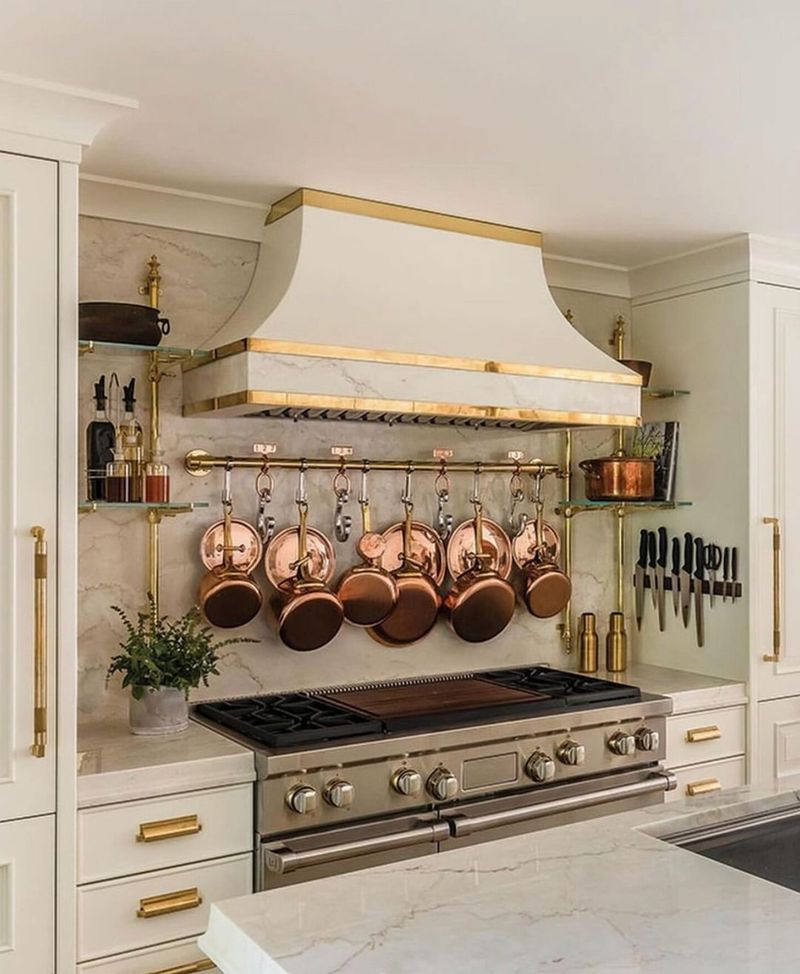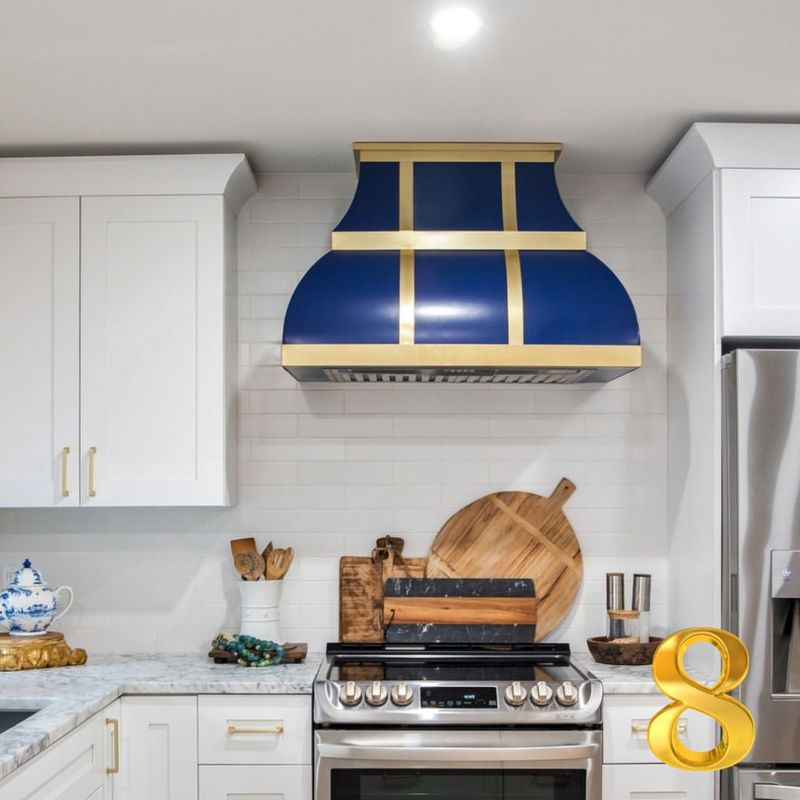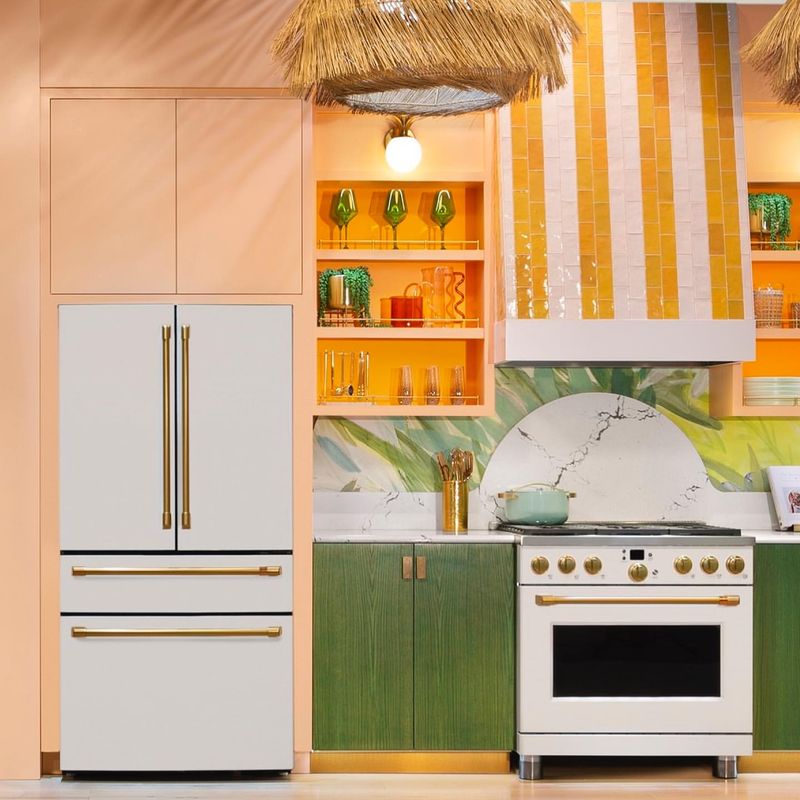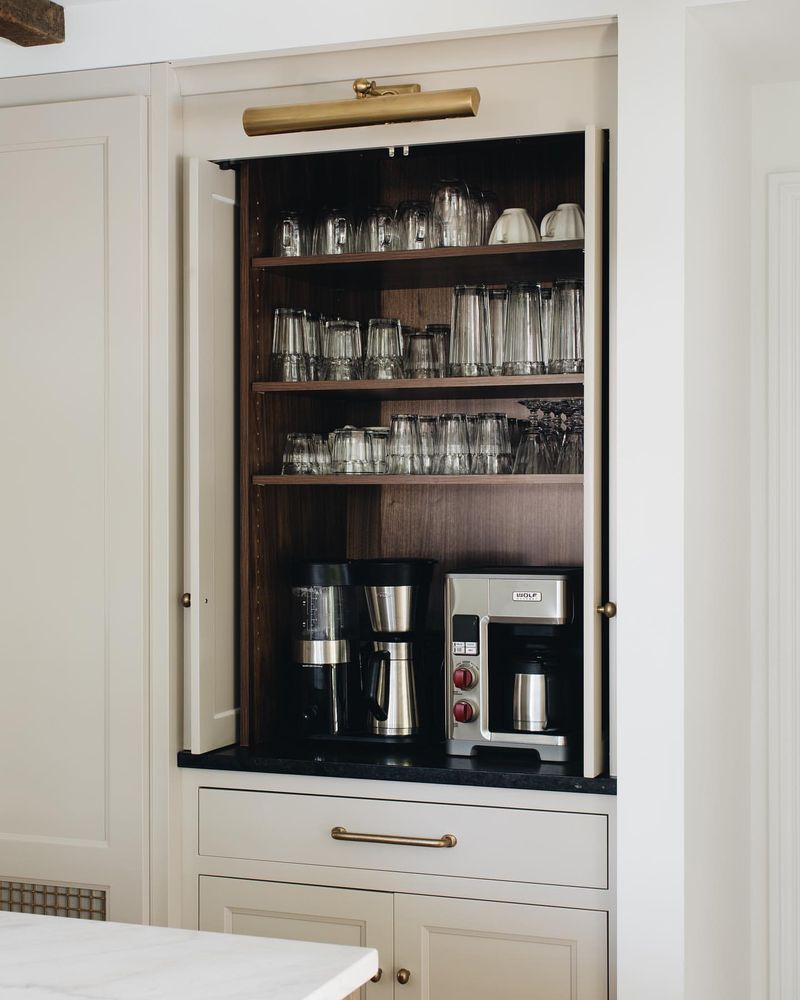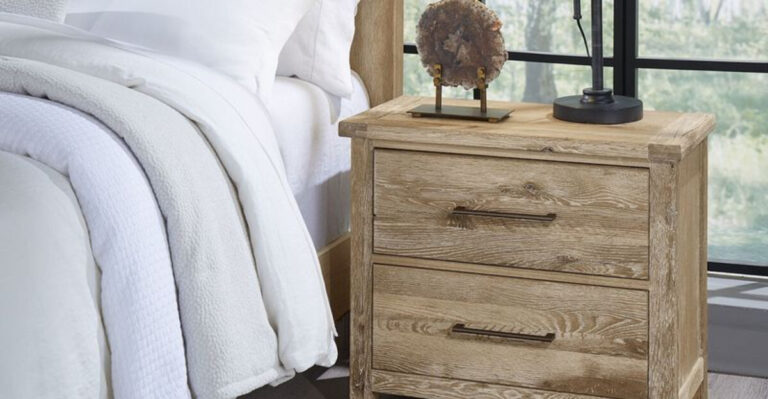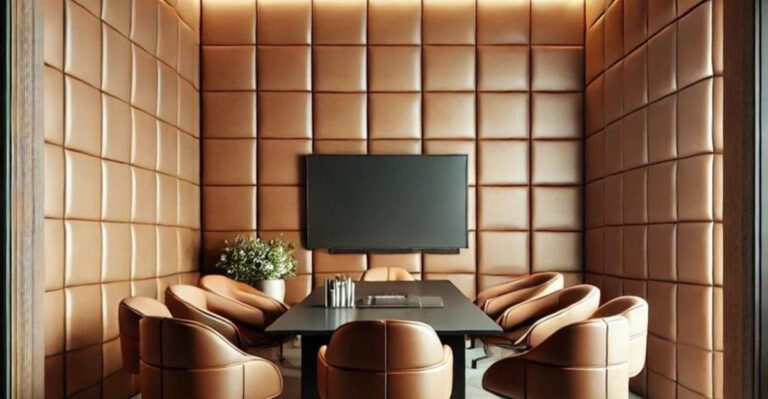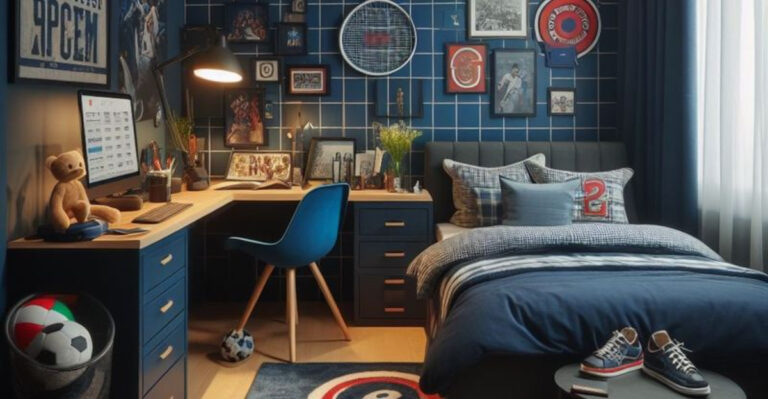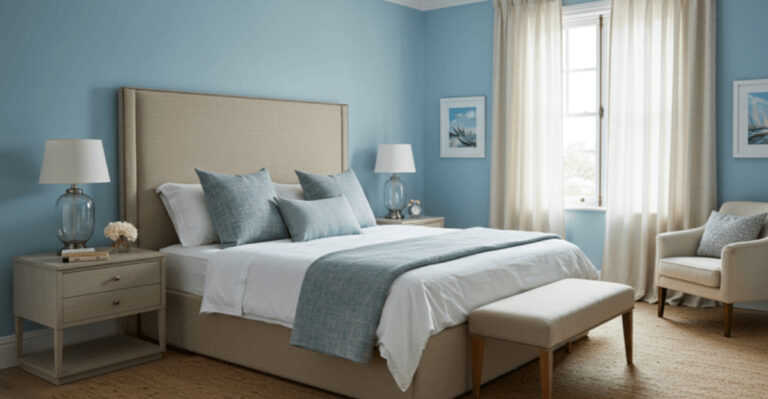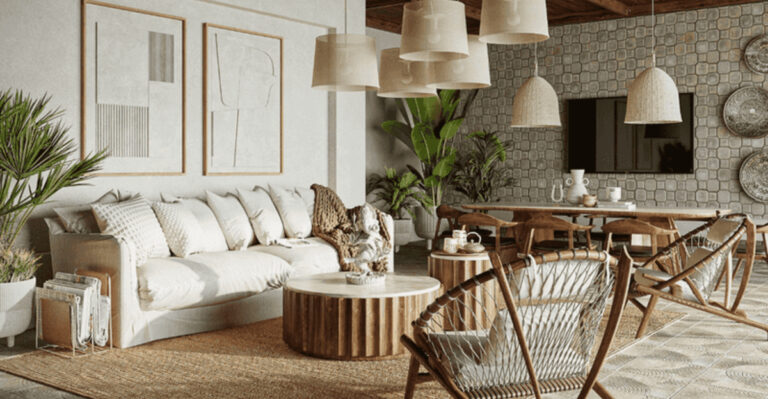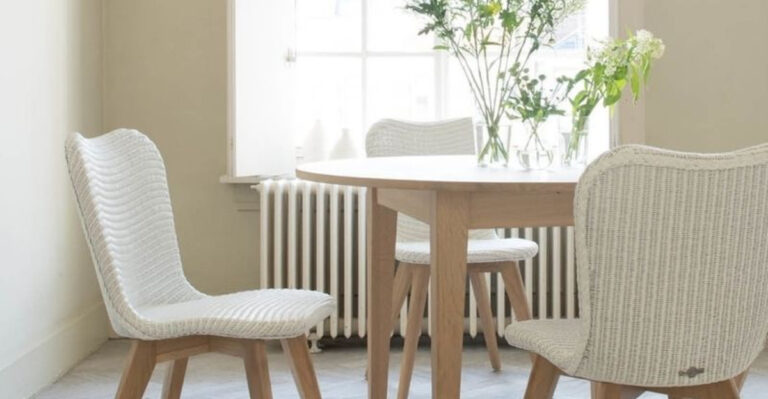25 Impractical Kitchens Trends Interior Designers Say Won’t Last In 2025
In the fast-paced world of interior design, kitchen trends come and go like the seasons. As we approach 2025, experts are predicting a shift away from certain styles that have dominated the design scene.
Whether it’s due to practicality, aesthetics, or changing lifestyles, some trends are just not built to last.
Let’s explore the 25 kitchen trends that interior designers believe will fade away during 2025, and why they might not be the best investment for your home.
1. Overly Industrial Designs
The industrial look has been a favorite for many, with its raw finishes and edgy vibe. However, as we move forward, the charm of exposed pipes and metal surfaces might start to wane. In residential settings, this style can feel cold and impersonal.
Homeowners are beginning to crave warmth and comfort, seeking spaces that feel inviting rather than stark. While industrial elements can add character, overdoing it may lead to a space that feels more like a factory than a home.
2. Open Shelving Everywhere
Open shelving has been celebrated for adding a sense of openness and accessibility. Yet, the practicalities of maintaining tidy, dust-free shelves are starting to deter many. The vision of beautifully arranged dishes often meets the reality of cluttered chaos.
It’s not just about aesthetics; the upkeep can be daunting. Many are realizing that a few open shelves can enhance a space, but an entire kitchen filled with them might not be the best choice for everyday life.
3. All-White Kitchens
Once the epitome of sleek and modern, the all-white kitchen is losing its appeal. While it can create a clean and airy feel, maintaining that crisp look is a challenge. Fingerprints, spills, and daily wear quickly mar the flawless surface.
Homeowners are gravitating towards more forgiving and varied palettes. A kitchen should be a space of creativity and warmth, not a sterile environment that feels more like a showroom than a home.
4. Excessive Use of Marble
Marble, with its timeless elegance, has been a kitchen staple for years. However, its porous nature makes it susceptible to stains and scratches, requiring diligent care. It’s an investment that demands commitment, which doesn’t align with the busy lifestyles many lead today.
Designers are suggesting alternative materials that offer similar beauty without the constant maintenance. While marble will always have its fans, its practicality is increasingly questioned.
5. Minimalist Aesthetic
Minimalism has brought a clean, uncluttered look to kitchens, but its extreme versions might be on their way out. The stark simplicity often lacks personality and warmth, which many homeowners are beginning to miss.
Kitchens are gathering spots, places of joy and creativity, and the minimalist approach can sometimes strip away those elements. As lifestyles evolve, there’s a desire for spaces that reflect personality and life, rather than just empty surfaces.
6. Ultra-Modern Fixtures
High-tech, ultra-modern fixtures can make a kitchen feel like a futuristic wonderland. However, the rapid pace of technological advancement can render these features outdated quickly. What seems cutting-edge today might be obsolete tomorrow.
Additionally, they can lack the timeless charm that many homeowners seek. As we approach 2025, there’s a growing preference for fixtures that balance innovation with enduring style, ensuring a kitchen remains relevant and functional for years.
7. Themed Kitchens
Themed kitchens can be fun and quirky, providing a unique twist to home design. Yet, they often come with a short-lived appeal. What feels exciting and fresh now might become tiresome and restrictive later. Themed designs can limit future flexibility, making renovations more challenging.
As tastes change, homeowners are realizing the benefits of a more neutral canvas that allows for evolving styles and preferences, ensuring longevity and adaptability in their homes.
8. Over-the-Top Backsplashes
Bold and extravagant backsplashes can transform a kitchen into a focal point. However, their strong presence can quickly dominate the space, making it harder to alter the kitchen’s look without a major renovation.
As trends shift, more subtle and versatile designs are gaining favor. Homeowners are leaning towards backsplashes that enhance the overall aesthetic without overwhelming it, providing room for changes in decor and style down the line.
9. Copper Accents Overuse
Copper accents have added warmth and elegance to many kitchens, but their overuse can lead to a dated look. The red-gold hue, while striking, doesn’t always blend seamlessly with other materials and colors.
With trends changing, homeowners are opting for more versatile finishes that offer flexibility in design. While a copper touch here and there can be beautiful, moderation is key to ensuring the kitchen remains stylish and cohesive in the years to come.
10. Oversized Kitchen Islands
Kitchen islands have become a staple, providing extra counter space and seating. Yet, oversized versions can overwhelm a room, making it feel cramped rather than spacious. The trend towards larger islands doesn’t always consider the flow and functionality of the space.
As open-concept living continues to evolve, there’s a move towards more appropriately sized islands that enhance rather than hinder movement, allowing for a more harmonious kitchen environment.
11. Glossy Cabinet Finishes
Glossy cabinets offer a sleek and modern appeal, reflecting light and making spaces feel larger. However, they also highlight fingerprints, smudges, and scratches, requiring constant upkeep to maintain their pristine look.
As practicality takes precedence, homeowners are shifting towards matte or satin finishes that provide a stylish yet forgiving surface. These alternatives offer a modern touch without the demanding maintenance, ensuring a balance between aesthetics and everyday ease.
12. Floating Kitchen Cabinets
Floating cabinets create a contemporary and airy feel in kitchens, but their impracticality is becoming apparent. The lack of lower cabinets can lead to reduced storage, a significant drawback in busy households.
Additionally, the visual balance can be challenging to maintain, often requiring meticulous planning and execution. As families seek more functional spaces, traditional cabinetry that maximizes storage and utility is coming back into favor, offering both style and substance.
13. Integrated Appliances
Integrated appliances provide a seamless, clutter-free look that’s undeniably appealing. Yet, the cost and complexity of installation can be prohibitive. As technology evolves, upgrading these hidden appliances can pose challenges, often requiring extensive modifications.
Homeowners are becoming mindful of the practicality and flexibility that more traditional setups offer. The desire for a kitchen that’s both stylish and adaptable is leading many to reconsider the integrated approach, favoring designs that accommodate future changes easily.
14. Overly Dark Color Schemes
Dark color schemes can lend sophistication and drama to kitchens, but they also risk creating a sombre atmosphere. The lack of light reflection can make spaces feel smaller and less inviting. As people spend more time in their kitchens, the need for a bright and cheerful environment is paramount.
Designers are advocating for balanced palettes that incorporate darker shades as accents rather than dominant themes, ensuring kitchens remain welcoming and lively.
15. Concrete Countertops
Concrete countertops have made waves with their rugged and modern aesthetic. However, their porous nature demands regular sealing to prevent stains and damage, posing a maintenance challenge. Additionally, the hard surface can be unforgiving on delicate items.
As kitchen designs evolve, there’s a shift towards materials that offer both style and ease of care. Homeowners are looking for countertops that combine durability with visual appeal, making concrete a less favored option.
16. Chalkboard Walls
Chalkboard walls have offered a playful and practical element to kitchens, allowing for creativity and communication. Yet, their novelty is wearing off as they often create more mess than charm. Dust from chalk can be a nuisance, and the constant need to refresh messages can become tiresome.
As families seek cleaner and more efficient solutions, the trend is losing its appeal. Designers are suggesting alternatives that maintain functionality without the associated clutter.
17. Patterned Floor Tiles
Patterned floor tiles can add a burst of personality to kitchens, making them a focal point. However, their bold designs can quickly date a space, limiting future design changes. What feels trendy now might clash with evolving tastes later.
With homeowners planning for the long term, there’s a pivot towards more neutral flooring options that offer versatility and timeless appeal. This shift ensures kitchens remain adaptable and stylish for years to come.
18. Farmhouse Sinks
Farmhouse sinks have been cherished for their charming and nostalgic appeal. Yet, their size and style don’t always fit seamlessly into modern kitchens. The exposed front and bulky design can dominate a space, making it challenging to integrate with sleeker cabinetry.
As design preferences shift towards clean and streamlined looks, the classic farmhouse sink is being reconsidered. Homeowners are exploring alternatives that blend functionality with contemporary aesthetics, ensuring a cohesive kitchen design.
19. Excessive Gold Accents
Gold accents have added a touch of luxury to many kitchens, but their overuse can result in a gaudy appearance. The bold metallic finish doesn’t always complement other elements, leading to a disjointed look.
As trends shift, there’s a move towards more understated and versatile finishes. Homeowners are embracing subtler metallic touches that enhance rather than overpower the space, ensuring a harmonious and elegant kitchen design that stands the test of time.
20. All-Glass Cabinet Doors
Glass cabinet doors can create an open and airy feel, showcasing beautiful dishware and adding visual interest. However, they also reveal any clutter and require meticulous organization to maintain appeal. The constant need to ensure interiors are display-ready can become burdensome.
With practicality becoming a priority, homeowners are opting for solid doors that offer flexibility in storage and less pressure to keep everything picture-perfect. The shift is towards balance between visibility and functionality.
21. Matching Everything
A perfectly matched kitchen can exude a sense of harmony and style. Yet, the pursuit of matching everything can result in a lack of character and uniqueness. The uniformity might feel overly controlled, stifling creativity and personal expression.
As design trends evolve, there’s a growing appreciation for eclectic and personalized spaces that reflect individuality. Homeowners are encouraged to mix and match elements, creating a kitchen that’s uniquely theirs, full of personality and warmth.
22. Large Pot Racks
Pot racks have provided a practical solution for storage and display of cookware. However, their bulky presence can dominate a kitchen, cluttering the visual space. As design priorities shift towards clean and open environments, the large pot rack is becoming less desirable.
Homeowners are exploring more streamlined storage solutions that keep cookware accessible without overwhelming the space. This trend aligns with the desire for kitchens that are both functional and aesthetically pleasing.
23. Overly Stylized Vent Hoods
Vent hoods often serve as a focal point in kitchen design, but overly stylized versions can quickly date a space. Their bold and intricate designs might not align with future trends, limiting flexibility in kitchen updates.
As tastes evolve, there’s a preference for simpler and more timeless designs that complement rather than dominate the kitchen. This shift ensures that vent hoods enhance the overall aesthetic while allowing for future changes in decor and style.
24. Colorful Appliances
Colorful appliances have brought a playful and vibrant touch to kitchens, reminiscent of retro styles. Yet, their bold hues can quickly clash with other elements and limit future design options.
As homeowners seek longevity in their kitchen investments, there’s a preference for neutral appliances that offer versatility and timeless appeal. This trend shift ensures that kitchens remain adaptable to evolving tastes, allowing for easy updates and coordination with changing decor.
25. In-wall Coffee Stations
In-wall coffee stations have catered to coffee aficionados, offering convenience and style. However, their permanent installation can limit layout flexibility and complicate kitchen renovations.
As design trends lean towards multifunctional spaces, homeowners are favoring portable or modular solutions that adapt to changing needs. The shift towards flexibility ensures that kitchens can evolve with lifestyle changes, accommodating various activities without the constraints of fixed installations.
